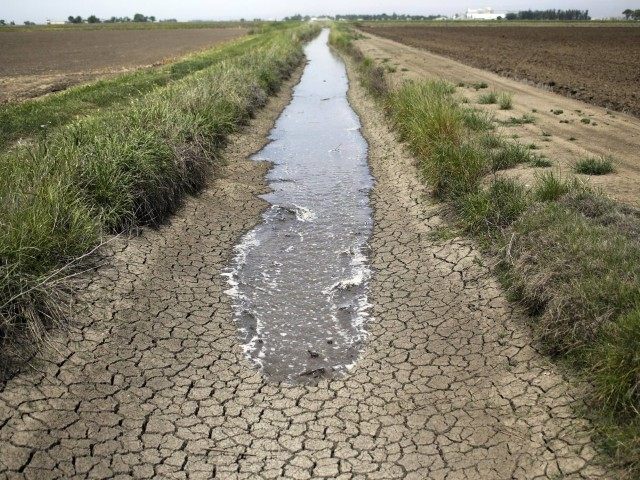Hot, dry weather is expected in many regions of California at the end of this week, threatening to put a dismal cap on the state’s rainy season as it struggles through a fourth year of severe drought.
Temperatures in many areas of California are expected to reach up to 15 to 20 degrees higher than average for this time of year by the end of the week, reports the Los Angeles Times. National Weather Service meteorologist David Sweet told the paper that by Friday, downtown Los Angeles is expected to register temperatures over 90 degrees.
“This is only March. This is pretty early for temperatures up around 90,” Sweet told the Times. “We’re really running out of time when it comes to the rainy season.”
Bill Patzert, a climatologist at the Jet Propulsion Laboratory in Pasadena, put it more bluntly.
“Let’s get right down to it: we’re done,” Patzert told the paper. “By April, usually, rainfall drops off dramatically. Nothing got better this year.”
The numbers appear to back up Patzert’s assessment. According to the Times, since October 1, downtown Los Angeles has recorded just 7.4 inches of rain, well short of the 12.8 inches that would be considered normal. Less than an inch of rain was recorded in March. Cities in the Bay Area have not had much luck either.
Compounding the problem is the state’s meager snowpack; a measurement taken last week shows that water content level in the Sierra Nevada mountain snow is at just 12 percent, a record low.
The disappointing outlook has caused the state to take action. Last week, Gov. Jerry Brown unveiled a $1 billion drought relief package aimed at bolstering drinking water protection, wildlife preservation, and desalination projects. The State Water Resources Control Board approved new restrictions on urban water customers, imposing limits on the number of times homeowners can water their lawns.
Patzert told the Times that the state’s response to the drought has been “laid-back,” and called current water use levels “unsustainable.” He told the paper that although droughts are a feature of a naturally occurring climate cycle, this dry spell has been particularly devastating due to population growth and an increase in agricultural work.

COMMENTS
Please let us know if you're having issues with commenting.